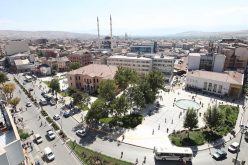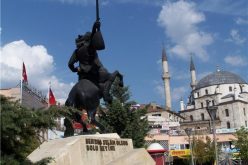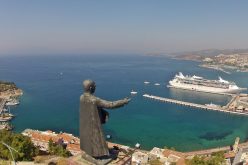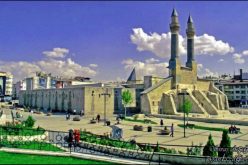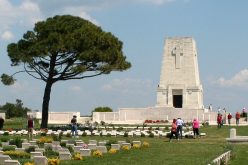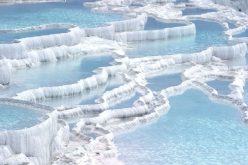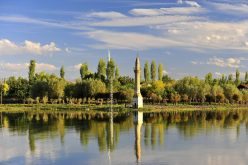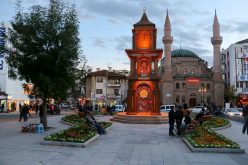Çankırı
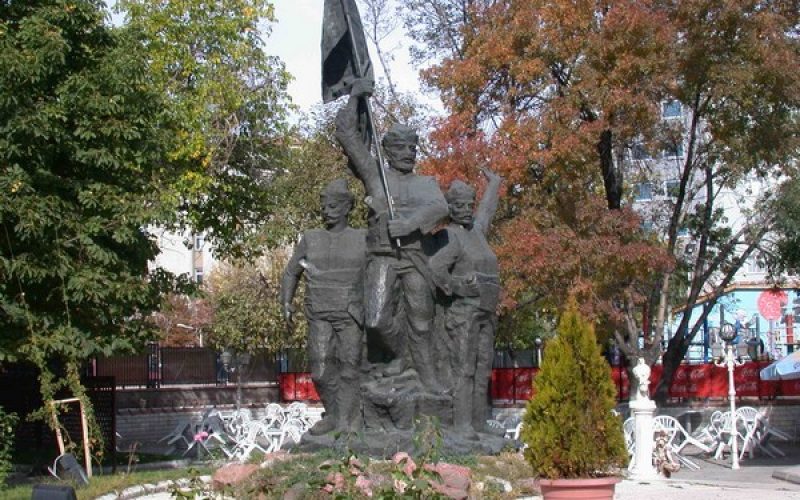
Cankırı
Cankırı is a small historical town, located in the Cankiri province of North-Central Turkey, Situated at an elevation of about 800 meters from the sea level, Cankiri is nestled in the bosom of a rich valley that is abundantly watered by the Aci River (a tributary to Kizil River).
This small town lies some 140 km Northeast of Ankara and has a population of about 60000 (2004). This little cozy town is far off from the maddening crowd and therefore a great choice for a relaxing vacation. The ancient name was of Cankiri was Gangra In fact, name wise, “Cankiri” has a lot of predecessors like Gangra, Germanicopolis, Changra, Kandari or Kanghari.
The city of Cankiri is quite well connected with its neighboring urban culture by rail and road. The town lies on the Ankara-Zonguldak railway line and is surrounded by Ankara (Southwest), Zonguldak (200 km Northwest) and Kirikkale (100 km South). The ancient profession of this region was salt extraction, which is pursued till date, but in a small scale. Agriculture is important and the produce includes grain and fruits. Silky wool from Angora goat is also produced to a large extent and is used in the making of Mohair. If you want to relax for a few days away from the hubbub of busy city life and enjoy the natural splendor, Cankiri province of Turkey might be a good option.
Places to Visit;
Ancient Cities Cendere (Salman) Tumulus is within Cendere Village, on side of Çankırı – Kastamonu highway, at the south east of Ilgaz province. Monumental structures within the region are east facing cliffs of a high hill at south of Devrez Stream.
There are lots of hand engraved caverns, rock tombs, a temple thought to be a rock church and hollow places for which no certain purpose of use has been acknowledged. It is thought that here is one of the holy deemed areas where religious ceremonies are made and probably connected with Tumulus.
Rock temples were made for worshipping to protect the caravans from raiders on their way while passing steep and narrow passages.
Sakaeli Rock Tombs are within Sakaeli Village at 8 km. north east of Orta province, 69 km. away from Çankırı generally thought to belong to Roman and Byzantium Periods.
Çankırı Castle: It is constructed on a small hill at north of the city. From the structure, which was famous with its strength during Roman, Byzantium, Danişments, Seljuk and Ottoman periods, nothing other than a few rampart ruins have remained. Religious Monuments Mausoleums within Çankırı are Emir Karatekin Bey Mausoleum ve Hacı Murad-ı Veli Mausoleum. Stone Mescit (Cemaleddin Ferruh Darülhadisi) is the most important structure remaining from Seljuk Period in Çankırı. Therapy division of the piece of art composed of two separate structures constructed on Gregorian in 1235 by Çankırı Atabeyi Cemaleddin Ferruh during Anatolian Seljuk Ruler, Keyhüsrevoğlu I. Alaaddin Keykubat. A darulhadis (theology school) branch was added to therapy house in 1242. Importance of structure in connection with plastic arts, came from two figured parts on it. One of these is continuously subjected to publish and attracts attention. 100×25 cm sized relief’s characteristic is the two dragon (snake) motif tangled into each other. Heads of the dragons faces each other. Original of the relief, which is used as “Medical Symbol” is lost today and a new duplication is made complying with the original. Second part, which is also named as water drinking snake among natives, is not a shallow relief on the contrary to the other, and has an appearance of a self statue. The part, which is made up of porous rock and used in Darulhadis, has a cup shape and a snake is wrapping around its body and conclude with a prolongation to its upper part. This motif is used as “Pharmacy Symbol” today, and is still been exhibited in Çankırı Museum.
Büyük Mosque: (Ulu – Sultan Süleyman Mosque) The mosque, which is one of the pieces of art of Mimar Sinan Period, was constructed by Sadık Kalfa with the order of Great Ottoman Ruler, Kanuni Sultan Süleyman. Thelogical Schools During Ottoman period, education and science were of great importance in Çankırı as in the other parts of the country, and lots of theology schools were established.
Çivitçioğlu Theology School, which is at the east of Büyük Mosque today, as well as Buğday Bazaar Theology School, within the garden of Wheat Bazaar Mosque are the pieces of art which may remain from 17th century. Kastamonu – Ilgaz Mountain National Park is 45km in the south of Kastamonu, and 200km north of Ankara, and lies in the Central Anatolian region. İt can be accessed from the Cankiri – Kastamonu highway. The Northern Anatolian fault line, which is the longest and most active in Turkey, passes through the southern foot of Ilgaz Mountain. The dominant species of flora are the black pine, Scotch pine and fir tree, and cover almost all of the mountain. The high annual rainfall, plus the large amount of plant cover, has made this an area with much wildlife, including roe deer, wild boar, wolves, bears and foxes. There is also the possibility of skiing here in the winter, and has the nearest facilities to Ankara.
In addition to skiing, it is also possible to trek and camp, and visitors are allowed to fish in the trout farm and ponds in Baldiran Valley between 15 June and 15 September, as well as buying fish from the farm. There is a hotel, an administrative museum, an educational establishment, and ski lift for winter sports.
Çankırı – Dokuzkardeşler Pine is 200 years old and 25 meters tall Austrian Pine that have a diameter of 2.8 meters. İt is found on September 29,1994. Caverns Salt Cavern placed at approximately 20 km east of Çankırı, and opened for the propose of process on minerals beds of rock salt. Today with a relatively narrow entrance, it is a huge and interesting cavern with its galleries composed of tunnels resembling to modern highway tunnels.
Museums
Çankırı Museum: Pieces of arts of Neolithic, Calcolithic, Early Bronze, Hittite, Frig, Hellenistic, Roman, Byzantium, Seljuk and Ottoman periods are exhibited and introduced in Çankırı Museum. In the exhibition hall of the museum, archeological and ethnological pieces of art are displayed together. In archeology division, pieces of art belonging to Early Bronze Age, Hittite, Hellenistic, Roman and Byzantium periods are present. In ethnography division, various weavings of Çankırı and its environs, hand works, calligraphy examples, press molds, costumes, weapons, adornments as well as daily life used various pieces of art are exhibited.

